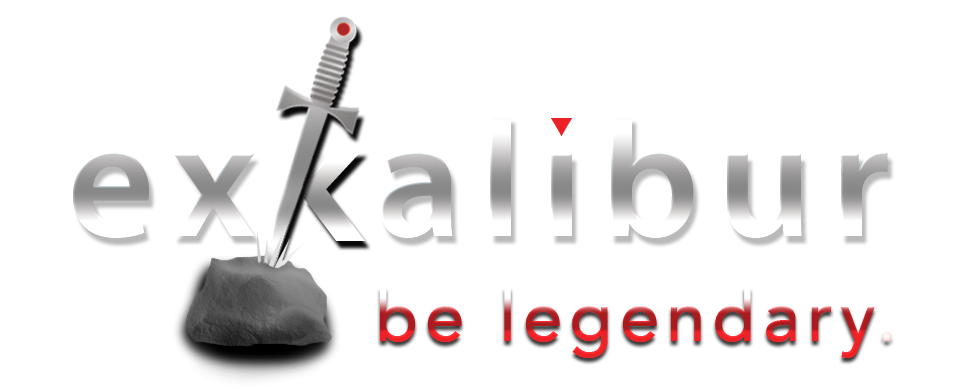 A UCLA professor has written on the MITSloan web site that it’s time to get rid of Performance Reviews.
A UCLA professor has written on the MITSloan web site that it’s time to get rid of Performance Reviews.
This is an important topic because performance management is a critical linchpin to holding people accountable, one of the the most common failings acknowledged by middle market executives.
Is the professor ahead of his time with a thoughtful approach to this challenge, or behind the times in pointing out the obvious challenges that companies already recognize? Stay tuned for a guest author response from a prominent HR professional on this topic.




Author, Dr. Samuel Culbert, a UCLA Professor, makes some valid points regarding the ineffectiveness of unidirectional (boss-to-subordinate), traditional performance reviews. The fact is, individual, one-off reviews rarely drive or guide performance, either the employee’s or the organizations.
That said, Prof. Culbert, with all due respect, has restated the obvious. A cynic (not me) might say that he needed to add a published article to cite as an accomplishment in his own annual performance review, so he penned this piece, the most provocative part of which is the title.
Using reviews as a justification (real or as pretense) for merit pay increases, the inherent lack of objectivity in a boss-to-subordinate review, using the same checklist of performance measures for all jobs, the negative impact of individual assessments on teamwork, and the disconnectivity of individual reviews from corporate performance are all well documented failures of the traditional review process. No great insights here from Prof. Culbert, only déjà vu all over again. Add to this the fact that most managers are insufficiently trained to identify/write clear, measurable performance goals. Compound this with manual, pencil-paper-keyboard driven reviews, where managers don’t have the time to keep goals current in today’s dynamically shifting business environments, and you have a dysfunctional process.
Increasingly, organizations large and small are applying web enabled performance review solutions to build a common language of performance throughout the company, and have customized yet consistent, defensible (across similar jobs) performance goals, that emanate from—indeed, drive—the team, department and organization goals, which are cascaded from the business goals, themselves driven by business strategy. One aim of their review process is to stimulate and sustain employee engagement, unleashing employee’s discretionary effort—the extent to which employees will act and intervene to improve business results. Engaged employees, whose hearts and minds—at least while they’re at work—are deployed full tilt to meet business objectives, tend to dramatically outperform their peers.
These forward thinking companies include multiple reviewer input into their review process. Not the anonymous input Prof. Culbert decries, rather input from reviewers identified by the employee, and often, encompassing input from the employee’s customers. These features minimize the “hard grader – easy grader” dilemma of boss-to-subordinate reviews. When augmented by mandated next next-level up leadership’s comparative examination of individual performers in a unit or department, the bias inherent in traditional reviews becomes discouraged and neutralized.
In their annual employee surveys, thoughtful organizations solicit and measure employee input as to the increase/decrease in the percent of employees who state they receive highly effective performance and development feedback, enabling the employee to build on his/her performance, and grow their capabilities and careers. These organizations then act on the survey input to continuously improve their performance review process and its ability to measure and provide feedback on outcomes, after all, its the business outcomes, not the process that will impact the employee and organization’s success the most.
The most valid performance feedback to employees is multi-perspective, orchestrated by managers who value the employee’s self assessment of results achieved as the initial input, and who provide feedback that is ongoing (vs. a one-time annual event), is accompanied by tangible measures defined at the outset, is developmental, incorporates both “what” (results) and “how” (behaviors e.g. collaboration), and is aligned with unit/department and organizational goals, yet flexible as these latter components shift.
These managers and organizations also recognize and reward milestone achievements during the review cycle, further encouraging high performance. This approach demands a “performance-driven” work culture (that’s a whole ‘nother blog, friends), and technology enablement, the latter being the conduit for a systemic approach (and ongoing historical archive) for performance reviews, from performance goal cascading to multi-perspective feedback, to digital connectivity for learning, development and rewards.
Increasing the visibility and transparency of performance reviews—a by-product of a web enabled process—helps ensure that the best decisions are made and raises the stakes on manager accountability, so that managers don’t approach reviews in a half-hearted way, instead using them as opportunities for “Talent Reviews”. Companies who embrace performance reviews as talent reviews pay close attention to and have meaningful targets for pay dispersion—the difference between merit increases for average vs. high performers—and track “shooting stars,” employees who progress through the organization markedly faster than their colleagues, who are the emerging leaders, justifiably receiving pay increases that are more than twice the company median.
Prof. Culbert’s alternative to the traditional performance review—“Performance PREviews” as he terms it—is simplistic, not grounded in workplace realities (e.g. the unwillingness of many employees to take risk in communicating upward to their boss), and would fail precisely for the same reason the boss-to-subordinate performance reviews fail . . . it is dependent solely on the quality of the manager, which in most organizations, is uneven at best. Furthermore, his solution ignores workplace trends towards an increasingly virtual, geographically dispersed, multi-generational workforce, some segments of whom—the digitally rich Millenials or “MySpace generation”—predominately prefer their feedback instantly and in electronic form, rarely interacting in-person with remotely located managers.
The trust that Prof. Culbert laments is missing in the traditional review process, can much more effectively and sustainably be generated by a business strategy driven, systemic approach, technology enabled, allowing connectivity to all people processes, embedded with collaborative technology tools—can you Tweet* me my performance feedback on this project I just completed?—and applied consistently across the organization, with relevant metrics in place to assess process excellence.
The same performance review processes that create confusion, inequity, uncertainty and low morale, also create opportunities for companies to innovate, to identify, enhance and nurture talent, and to drive high levels of employee engagement, which, as mounting research evidence supports, invariably correlates to business success.
”Twitter” is one of the fastest growing website phenomena on the Internet, enabling instant communication exchanges of short burst electronic text messages—no longer than 140 characters—referred to as “Tweeting”.